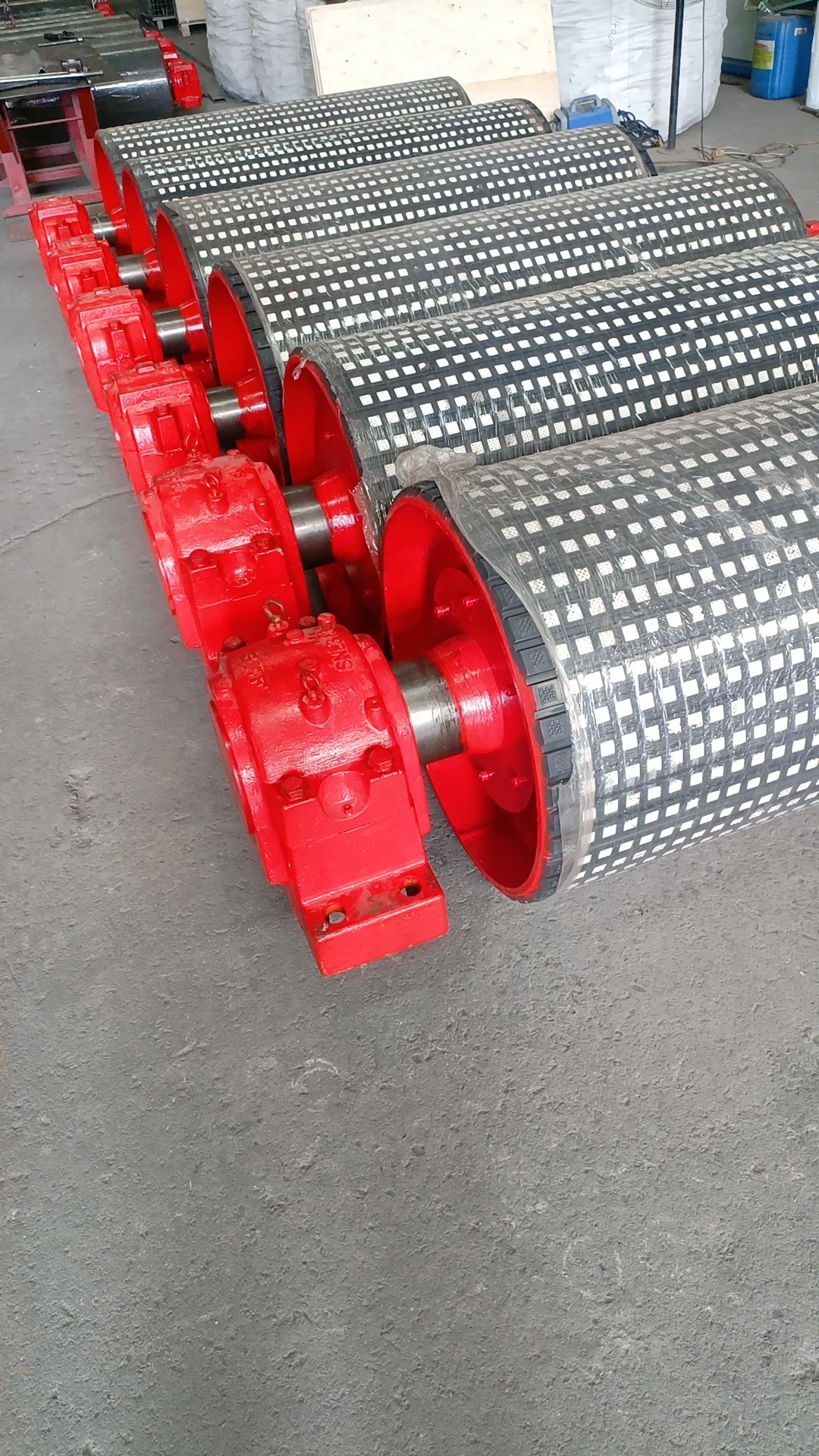 Afrikaans
Afrikaans  Albanian
Albanian  Amharic
Amharic  Arabic
Arabic  Armenian
Armenian  Azerbaijani
Azerbaijani  Basque
Basque  Belarusian
Belarusian  Bengali
Bengali  Bosnian
Bosnian  Bulgarian
Bulgarian  Catalan
Catalan  Cebuano
Cebuano  Corsican
Corsican  Croatian
Croatian  Czech
Czech  Danish
Danish  Dutch
Dutch  English
English  Esperanto
Esperanto  Estonian
Estonian  Finnish
Finnish  French
French  Frisian
Frisian  Galician
Galician  Georgian
Georgian  German
German  Greek
Greek  Gujarati
Gujarati  Haitian Creole
Haitian Creole  hausa
hausa  hawaiian
hawaiian  Hebrew
Hebrew  Hindi
Hindi  Miao
Miao  Hungarian
Hungarian  Icelandic
Icelandic  igbo
igbo  Indonesian
Indonesian  irish
irish  Italian
Italian  Japanese
Japanese  Javanese
Javanese  Kannada
Kannada  kazakh
kazakh  Khmer
Khmer  Rwandese
Rwandese  Korean
Korean  Kurdish
Kurdish  Kyrgyz
Kyrgyz  Lao
Lao  Latin
Latin  Latvian
Latvian  Lithuanian
Lithuanian  Luxembourgish
Luxembourgish  Macedonian
Macedonian  Malgashi
Malgashi  Malay
Malay  Malayalam
Malayalam  Maltese
Maltese  Maori
Maori  Marathi
Marathi  Mongolian
Mongolian  Myanmar
Myanmar  Nepali
Nepali  Norwegian
Norwegian  Norwegian
Norwegian  Occitan
Occitan  Pashto
Pashto  Persian
Persian  Polish
Polish  Portuguese
Portuguese  Punjabi
Punjabi  Romanian
Romanian  Russian
Russian  Samoan
Samoan  Scottish Gaelic
Scottish Gaelic  Serbian
Serbian  Sesotho
Sesotho  Shona
Shona  Sindhi
Sindhi  Sinhala
Sinhala  Slovak
Slovak  Slovenian
Slovenian  Somali
Somali  Spanish
Spanish  Sundanese
Sundanese  Swahili
Swahili  Swedish
Swedish  Tagalog
Tagalog  Tajik
Tajik  Tamil
Tamil  Tatar
Tatar  Telugu
Telugu  Thai
Thai  Turkish
Turkish  Turkmen
Turkmen  Ukrainian
Ukrainian  Urdu
Urdu  Uighur
Uighur  Uzbek
Uzbek  Vietnamese
Vietnamese  Welsh
Welsh  Bantu
Bantu  Yiddish
Yiddish  Yoruba
Yoruba  Zulu
Zulu Essential Components for Roller Conveyor Systems and Their Applications
Understanding Roller Conveyor Components A Key to Efficient Material Handling
In the realm of material handling and logistics, roller conveyors play a pivotal role in ensuring the efficient movement of goods within warehouses, manufacturing facilities, and distribution centers. These systems are designed to transport materials across a variety of distances and are integral to many industry processes. This article delves into the essential components of roller conveyors, highlighting their functions and significance in optimizing operational efficiency.
Components of Roller Conveyors
1. Rollers
The most fundamental component of any roller conveyor is the rollers themselves. Typically made from materials like steel, plastic, or aluminum, these cylindrical elements facilitate the movement of goods. Rollers can be of various types, including straight, spiral, and curved, depending on the intended application. Their diameter and load capacity are critical factors that determine the overall efficiency of the conveyor system, influencing speed and smoothness of operation.
2. Framework
The framework serves as the backbone of roller conveyors, supporting the rollers and providing structural integrity to the system. Made from sturdy materials such as steel or aluminum, the framework comes in different configurations to accommodate various applications. A well-designed framework ensures stability and can support heavy loads, contributing to the durability and longevity of the conveyor system.
3. Drive Mechanism
The drive mechanism is essential for powering the rollers and enabling material movement. There are various types of drive systems, including belt-driven and chain-driven options. While belt-driven systems offer smoother operations, chain-driven systems are often preferred for heavy-duty applications due to their robustness. The choice of drive mechanism affects the speed and efficiency of the conveyor, making this component crucial for achieving optimal performance.
4. End Stops and Guides
roller conveyor components

End stops are critical safety features designed to prevent items from rolling off the conveyor at the ends. They ensure that goods remain within the designated area during transportation. Guides, on the other hand, help direct items on the conveyor, preventing misalignment and ensuring smooth transit. Proper placement of these components is vital for maintaining workflow and safeguarding against product damage.
To enhance control over the movement of items, friction materials are often incorporated into the design of roller conveyors. These materials increase grip on the roller surfaces, minimizing slippage and ensuring that items remain steady as they transit. Utilizing the right friction material can significantly improve the efficiency and reliability of the conveyor system.
6. Control Systems
Modern roller conveyors often integrate sophisticated control systems that allow for automated operation. These systems can regulate the speed of the conveyor, synchronize multiple conveyors, and provide real-time data on operational performance. Automation not only boosts efficiency but also enhances safety by minimizing manual handling and potential human error.
Importance of Roller Conveyor Components
Understanding the various components of roller conveyors is essential for optimizing their performance. Each part plays a critical role in the overall functionality of the system. By selecting quality components and ensuring they are properly integrated, businesses can achieve higher productivity levels, cost-effectiveness, and improved workflow.
Moreover, regular maintenance of these components is vital for the longevity of the system. Routine inspections and timely replacements of worn-out parts can prevent downtime, ensuring that operations run smoothly.
Conclusion
Roller conveyors are indispensable in modern material handling processes, and a thorough understanding of their components is crucial for optimizing their efficiency. From rollers and frameworks to drive mechanisms and control systems, each element plays a vital role in ensuring smooth and effective operations. Investing in quality components and regular maintenance will not only enhance productivity but also contribute to a safer and more reliable material handling environment. In a world where efficiency is paramount, recognizing the importance of roller conveyor components can lead to significant operational advantages.
-
Trusted Conveyor Solutions from Leading Conveyor Idler Roller ManufacturersNewsJun.27,2025
-
Reliable Return Idler Solutions for Efficient Belt Conveyor SystemsNewsJun.27,2025
-
Precision Conveyor Accessories for Streamlined Material HandlingNewsJun.27,2025
-
High-Quality Belt Conveyor Idler Solutions for Efficient Material HandlingNewsJun.27,2025
-
High-Performance Belt Conveyor Pulleys for Reliable Material HandlingNewsJun.27,2025
-
Enhancing Material Handling EfficiencyNewsJun.27,2025





























